
Right at this cutting edge of science and technology, the new Leiden-Delft-Erasmus minor Space Missions is for any science student with an interest in aerospace. Challenging science and innovative engineering come together in the minor Space Missions. Experts from Leiden University and TU Delft provide the new generation of scientists and engineers with a broad understanding of the main disciplines involved, being able to bridge the gaps in this exciting field!
The joint Leiden-Delft-Erasmus minors are multidisciplinary and open to all students of Leiden University, TU Delft and Erasmus University Rotterdam.
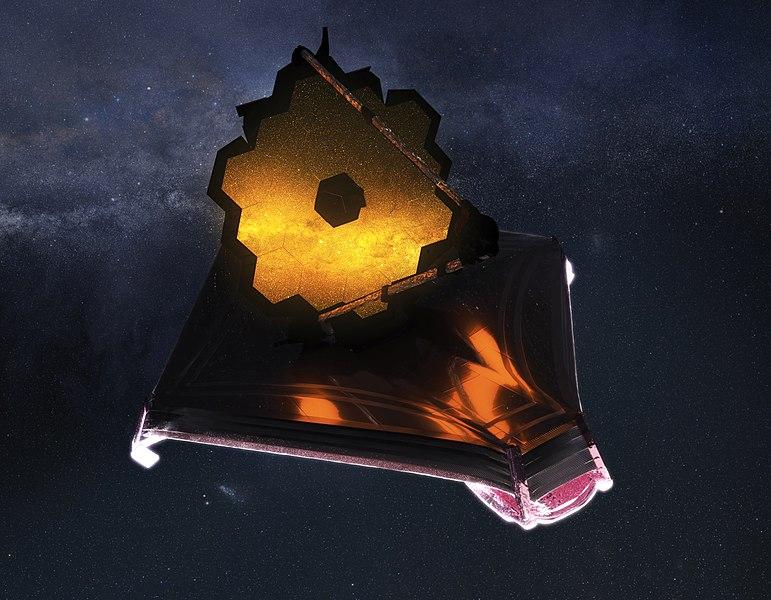 A look into space: challenges and opportunities
A look into space: challenges and opportunities
What does our universe look like and how is it formed? Can we detect life forms on other planets? How can we monitor pollution and climate change? Space missions are key to answering these fundamental questions. It all starts with curiosity and the science that drives these missions. But the idea should also be feasible in terms of engineering. Moreover, new technology can sometimes enable new applications not thought of before. In Space Missions, challenging science and innovative engineering comes together.
The minor Space Missions is an interdisciplinary thematic minor provided by Delft University of Technology and Leiden University. This minor is associated with LDE’s ‘Space for Science and Society’ program and is accessible to students of selected BSc programs from all three universities. Students will obtain insight in the science carried out from space as well as the design of associated instrumentation and spacecraft. Through theory and challenge-based mission assignments performed in teams, they will experience the interdisciplinary relationship between the engineering and scientific domain of spaceflight. The missions will be provided and supported by professionals in the space sector (ESA, SRON, etc.) and guided by academic tutors from both the scientific and engineering field.
The new minor Space Missions is a crash course into the science carried out with satellites and the underlying technology, culminating in a mission assignment carried out in a multidisciplinary team in which the students learn to overcome differences in culture and perspectives. It is a collaboration between Leiden University, TU Delft and Erasmus University Rotterdam and is open to bachelor students of these universities with a solid foundation in mathematics. Read more about the program in the study guide of the coordinating university for this minor. You can register for this minor via the standard registration procedure for minors at your own university.
Reasons to choose a Leiden-Delft-Erasmus minor:
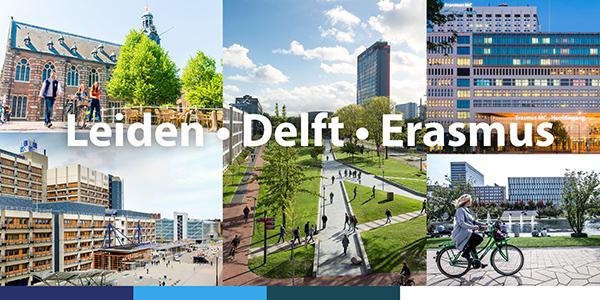 1. Joint education programmes provided by three top universities.
1. Joint education programmes provided by three top universities.
2. Urgent social issues and new potential solutions.
3. Lecturers and students from a range of specialisms.
4. Case studies from businesses, government authorities and NGOs.
5. A network in Leiden, The Hague, Delft and Rotterdam.
What are the key features of the multidisciplinary Leiden-Delft-Erasmus minors?
- Admission requirements: Most Leiden-Delft-Erasmus minors are open to all students of Leiden University, TU Delft and Erasmus University Rotterdam. A small number also require prior knowledge or involve a selection process.
- Number of places: Although it varies according to the minor, between 40 and 90 students can participate (see the link below for numbers for each minor). A number of places are reserved for each university in order to ensure a balanced distribution from the different programmes.
- Language: All Leiden-Delft-Erasmus minors are taught in English.
- Credits: All minors have a coherent program of 30 EC. It is possible to only follow the first block of 15 EC.
- Location: The lectures and seminars are held in one or more of the following cities: Leiden, Delft, The Hague, Rotterdam.
- Applications: You apply for a Leiden-Delft-Erasmus minor via eduXchange.
- Selection: Some Leiden-Delft-Erasmus minors are selection minors, which means you will need to write a motivation letter. Make sure you check the application date.
Lecturers about this minor:
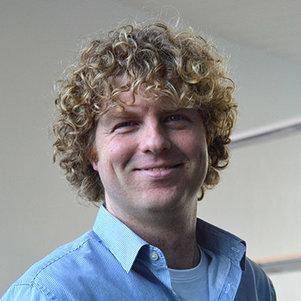 'It is easy for scientists to think of satellites as tiny dots with virtually unlimited capabilities, circling the earth, waiting for interesting questions that need to be answered, but it takes a lot of back and forth to translate a scientific question into instruments, components and orbits and it is important that engineers and scientists learn to speak each other’s language.’
'It is easy for scientists to think of satellites as tiny dots with virtually unlimited capabilities, circling the earth, waiting for interesting questions that need to be answered, but it takes a lot of back and forth to translate a scientific question into instruments, components and orbits and it is important that engineers and scientists learn to speak each other’s language.’
Jasper Bouwmeester, from the Faculty of Aerospace Engineering, TU Delft, is one of the initiotors of the minor Space Missions: 'The new minor Space Missions is a crash course into the science carried out with satellites and the underlying technology, culminating in a mission assignment carried out in a multidisciplinary team in which the students learn to overcome differences in culture and perspectives.'
'We provide a strong academic basis in astronomy, earth observation, planetary sciences, and satellite technology because we want to cater to more than just students in aerospace engineering and astronomy. The aerospace sector is growing rapidly and also needs physicists, electrical engineers, you name it.’ Read more
'We combine the strengths of Leiden University and TU Delft to help students understand this whole process.'
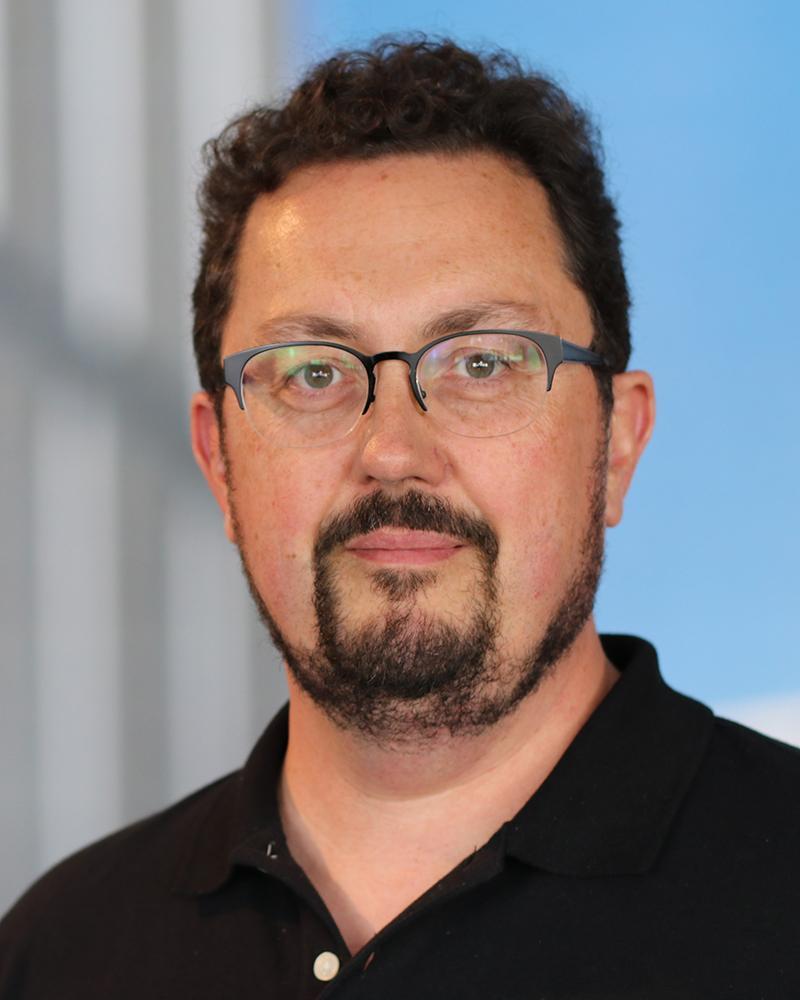 Matthew Kenworthy, associate professor at Leiden Observatory, is looking forward to offering astronomy to students who would otherwise not be exposed to such knowledge: 'Right now, it is the James Webb Space Telescope that grabs all the attention,’ he says. ‘It will look at the beginning of the universe, but there are so many other interesting questions to answer: star formation, exoplanets, are we alone in the universe. How do we get to the minimum working satellite that will answer these questions? We combine the strengths of Leiden University and TU Delft to help students understand this whole process.’ Read more
Matthew Kenworthy, associate professor at Leiden Observatory, is looking forward to offering astronomy to students who would otherwise not be exposed to such knowledge: 'Right now, it is the James Webb Space Telescope that grabs all the attention,’ he says. ‘It will look at the beginning of the universe, but there are so many other interesting questions to answer: star formation, exoplanets, are we alone in the universe. How do we get to the minimum working satellite that will answer these questions? We combine the strengths of Leiden University and TU Delft to help students understand this whole process.’ Read more
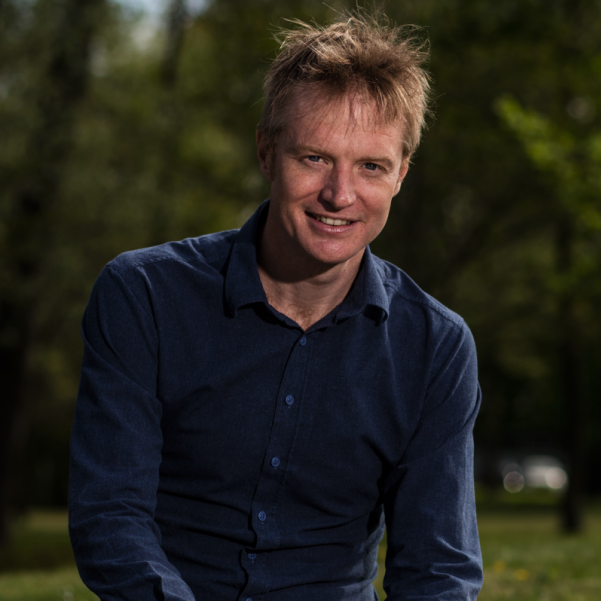 ‘My course will teach students how to translate a geophysical process you would like to understand into a signal that can be measured by a satellite.'
‘My course will teach students how to translate a geophysical process you would like to understand into a signal that can be measured by a satellite.'
‘Looking down, rather than up, these satellites are used for improving climate models, for disaster management such as wildfires and flooding, and for monitoring dikes, icecaps and farmland,’ says Stef Lhermitte, assistant professor at the department of Geoscience & Remote Sensing. ‘My course will teach students how to translate a geophysical process you would like to understand into a signal that can be measured by a satellite. What can various parts of the electromagnetic spectrum teach us about earth’s processes?’ Read more

